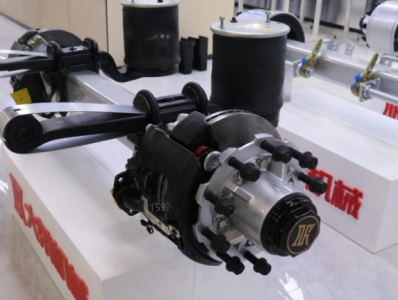Is refrigerated transport the same as cold chain transport?
In recent years, the development scale of cold chain transport is getting larger and larger. Many industries, such as catering, fresh food, medicine and so on, need cold chain transport to support, so the cold chain transport market is also continuing to improve. However, about what is "cold chain transportation", many people are not very clear, or think that as long as the transport of goods is cold chain transport.
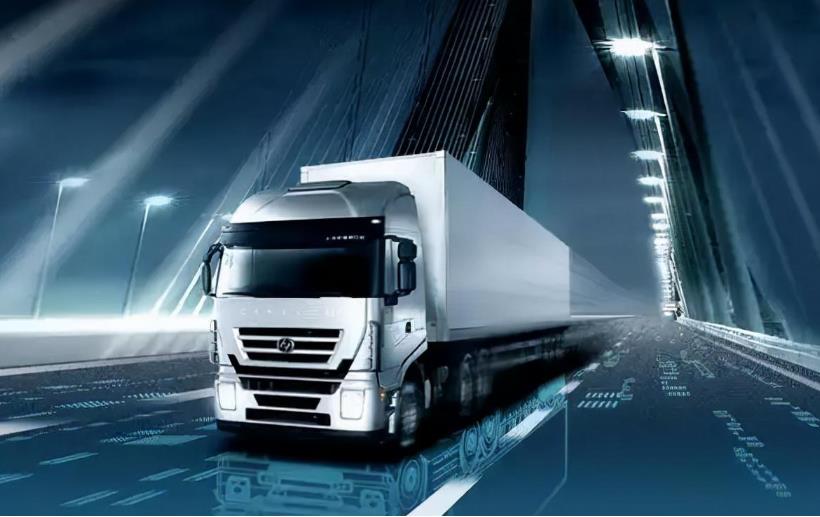
In fact, if strictly speaking, refrigerated transport and cold chain transport or there is a certain difference.
By definition:
1. What is cold chain transportation?
Cold chain transportation refers to the whole process of transportation, such as loading and unloading, handling, changing the mode of transportation, changing the packaging equipment and other steps, so that the transported goods always maintain a certain temperature.
2. What is refrigerated transportation?
Refrigerated transportation refers to the use of refrigeration, heat preservation, ventilation and other methods, fast, high-quality transport of perishable goods.
Thus, the main difference between the two definitions is that refrigerated transport requires the goods to maintain a certain temperature in transit, while cold chain transport requires the goods to maintain a certain temperature in the whole process of transit, including not only in transit, but also constant temperature in loading, unloading and handling.
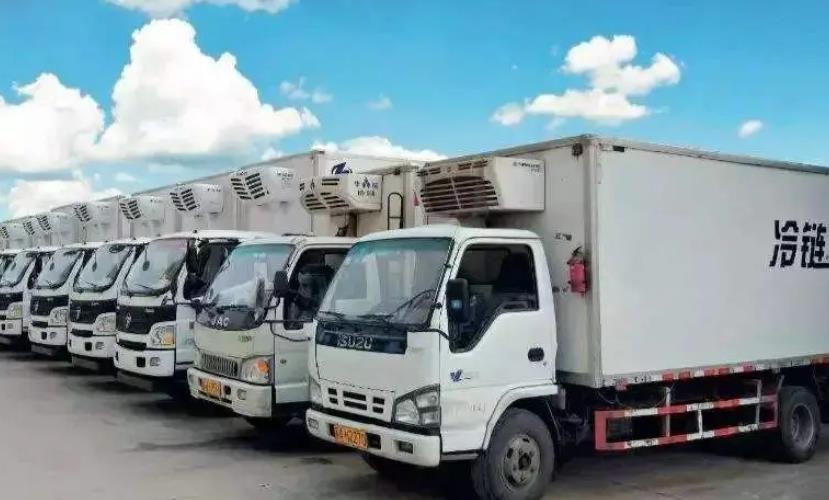
From the perspective of transport temperature, cold chain transport temperature requirements are mainly divided into three categories:
1, frozen transport (-18℃ ~ -22℃) : to provide standard frozen transport vehicles for transport, such as frozen food, meat, ice cream and other goods.
2, refrigerated transport (0℃ ~ 7℃) : to provide refrigeration transport vehicles to meet the standards, such as fruits, vegetables, drinks, fresh milk products, flowers and seedlings, cooked food products, all kinds of pastries, all kinds of food raw materials and so on.
3, constant temperature transport (18℃ ~ 22℃) : to provide in line with the standard insulation, temperature control transport vehicles, such as chocolate, candy, medicine, chemical products and other goods.
It can also be said that cold chain transport includes refrigerated transport, which is a kind of cold chain transport.
But no matter cold chain transportation, or refrigerated transportation, can not be separated from the refrigerated vehicle, they play an important role in the preservation of goods. In general, refrigerated vehicles on the market are mainly divided into three categories:
1. Local distribution refrigerated truck: the carrying weight is generally 0.5-3t
2. Intercity distribution refrigerated truck: 3-15t
3. Long-distance distribution refrigerated truck: 10-20t
Among them, refrigerated semi-trailer is mainly used for long-distance distribution. Its carrying capacity is large, and the freight is much higher than that of other models. Of course, the early investment is also relatively large. At present, the price of a refrigerated semi-trailer in the market is generally between 300,000 and 800,000 yuan, which is related to the model, tonnage, brand, parameter configuration, etc. In the face of increasingly high industry standards, many car owners are more inclined to choose the model with relatively high configuration, which leads to the high purchase cost to some extent.
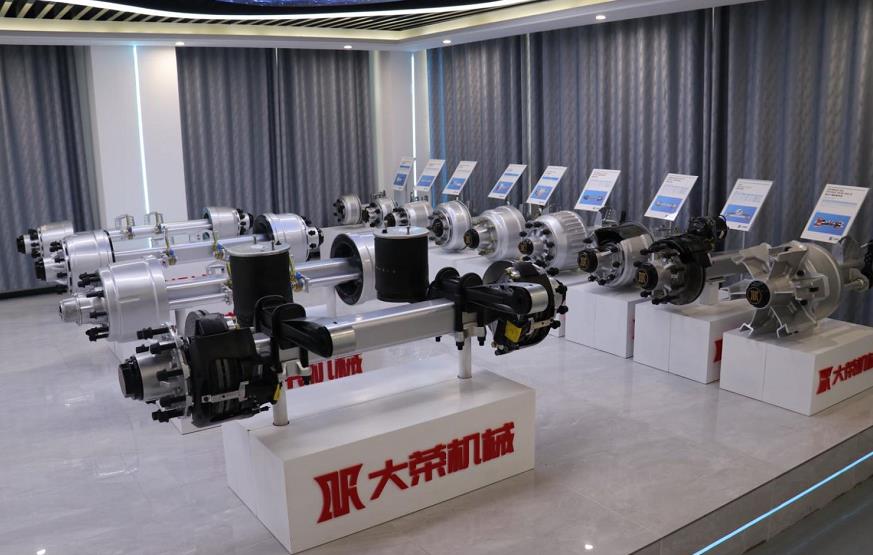
As for the profit of refrigerated semi trailer, mainly depends on the source of goods. If the owner found the right logistics company or enterprise affiliated, sufficient and stable supply of goods, every day can get the transport bill, or retail refrigerated semi-hanging owners can find a fixed distribution delivery of goods, that is sure to make money, according to the feedback of some owners, a monthly income of 20-30,000 is very common.
However, this industry has high requirements for experience, contacts or resources. If the owner has no familiar people in the cold chain transportation industry, he can not find the old master to take his own belt, it can not make money on two. After all, cold chain transportation has high requirements on the experience of the owner. How to control the cargo damage in different temperatures, weather and road conditions is still a test of the experience of the owner. Otherwise, once the cargo damage is serious, it is likely to make ends meet.
On the other hand, the goods transported by refrigerated vehicles are different from ordinary goods, which require very high requirements on transportation aging and transportation stability, which requires the owners to be cautious in the choice of accessories. It is recommended that the owner choose the configuration combination of disc trailer axle + hydraulic retarder + air suspension, which can not only improve the braking sensitivity and uniformity, avoid thermal attenuation, increase braking reliability, but also buffer the impact of the road to the vehicle, reduce the loss of goods, even in poor road conditions, but also greatly reduce the goods by turbulence and vibration.
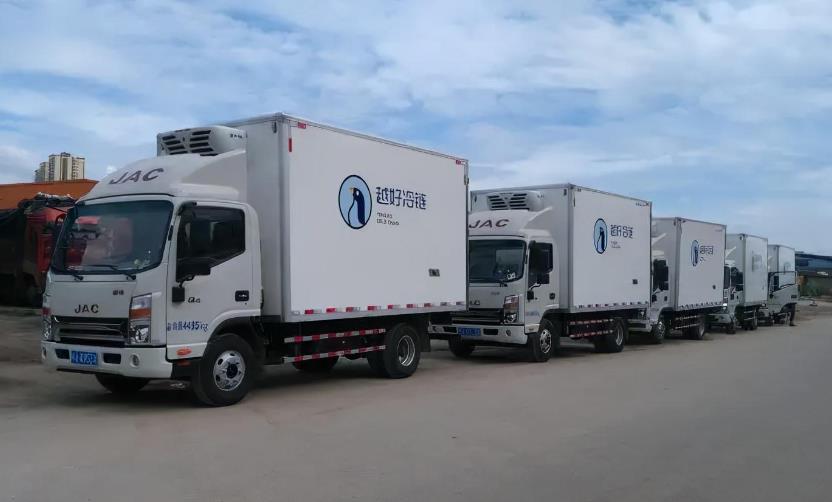
Compared with the traditional drum axle, the price of disc axle is generally relatively high, and the average price of individual brands can even reach tens of thousands of yuan, so that many owners look at the ocean and sigh. In fact, to buy products, buy quality, performance and service, not to buy brand premium, the quality of many brands of trailer axle is not inferior to the first-class brand, such as DARO trailer axle, is the representative of the domestic high cost performance axle, now has twenty years of industry experience, the production of "one piece" axle compared to the traditional "three piece" welded axle, Stronger load bearing performance, more durable. DARO trailer axle is a cost-effective route, the same specifications of the axle products than the first-line brand discount of about 1/3, many well-known trailer factories, logistics enterprises and transport retail investors have chosen DARO axle as a fixed partner.






